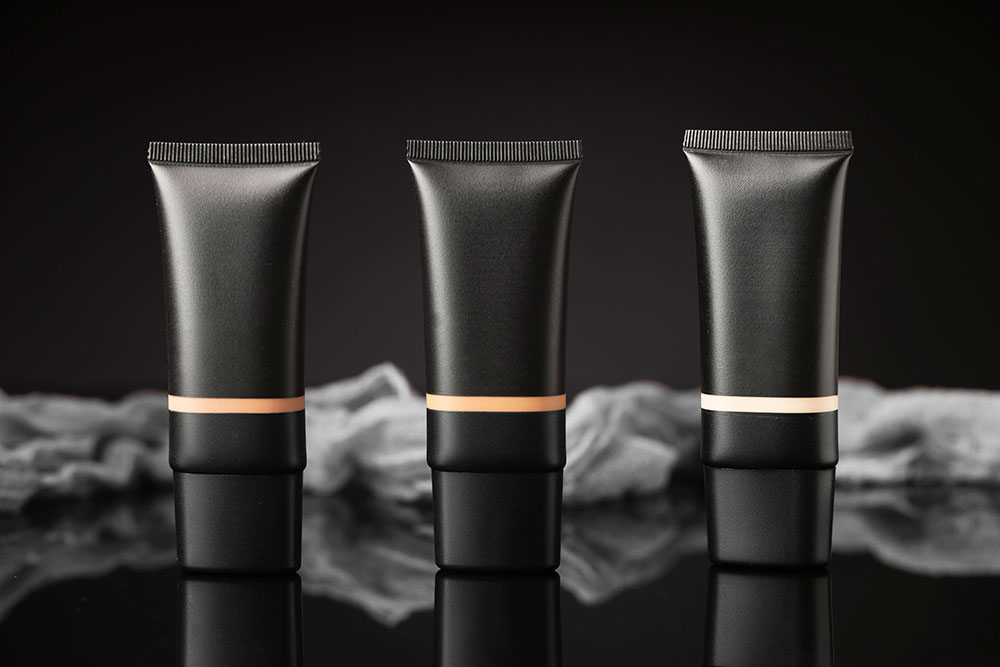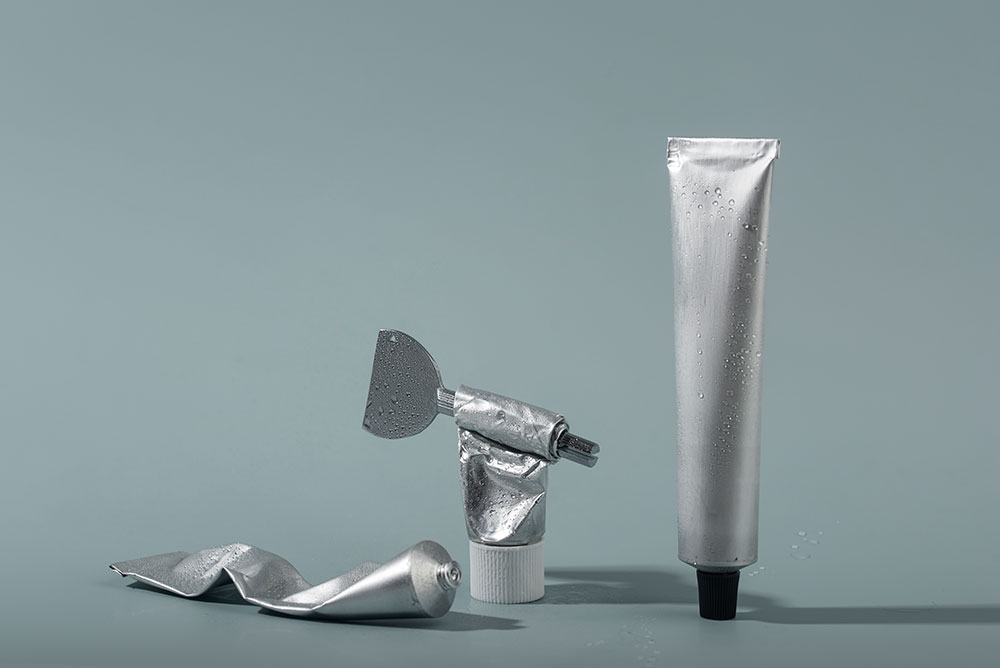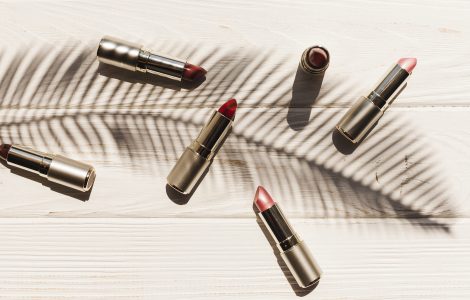In today's competitive beauty and personal care market, product packaging plays an essential role in defining a brand’s identity, functionality, and consumer appeal. Whether you're launching a new skincare line or refreshing your existing product packaging, selecting the right cosmetic tube can significantly impact your brand's success. Packaging not only protects the product but also communicates your brand’s values, from sustainability to luxury.
With so many different materials and design options available, how do you choose the right cosmetic tube for your brand’s specific needs? In this guide, we’ll walk you through the key factors to consider when selecting the ideal packaging for your cosmetic products.
Understanding Your Product’s Requirements
The first step in choosing the right cosmetic tubes is understanding the specific needs of your product. Different products have different packaging requirements depending on their formulation, shelf life, and application method.
Key Considerations:
Product Formulation: If your product contains ingredients sensitive to light, air, or moisture (such as antioxidants or retinoids), you’ll need tubes that offer excellent barrier protection, such as aluminum or laminated tubes.
Product Consistency: Creams, gels, and lotions may benefit from flexible plastic tubes, which allow consumers to easily squeeze out the right amount of product. Thicker formulations like balms or scrubs may require sturdier packaging, such as laminated or aluminum tubes.
Shelf Life: Ensure the tube material helps maintain the product’s shelf life. Some materials are better at preventing oxidation and contamination than others.
By thoroughly understanding your product’s unique needs, you can make informed decisions about which packaging material will work best for preserving the product and enhancing its usability.

Exploring Different Tube Materials
When it comes to cosmetic tube packaging, several materials are commonly used, each with its own set of benefits and drawbacks. Here’s a closer look at some of the most popular options:
Plastic Tubes (PE, PBL, ABL)
Plastic tubes are the most commonly used packaging for cosmetics, especially for products like moisturizers, cleansers, and makeup items. They are highly customizable in terms of shape, color, and design.
Advantages:
- Cost-effective: Plastic tubes are relatively inexpensive, making them a great option for mass-market products.
- Customizable: Available in a wide range of colors and finishes, plastic tubes can be easily customized to match your brand’s aesthetic.
- Flexible: They’re lightweight and easy for consumers to squeeze, offering convenience.
Drawbacks:
- Limited barrier protection: Plastic doesn’t provide the same level of protection against air, light, and moisture as other materials, potentially reducing the shelf life of sensitive products.
- Environmental concerns: While some plastics are recyclable, many are not, and the environmental impact can be a concern for eco-conscious consumers.
Best suited for: Mass-market products such as creams, lotions, gels, and hair care products that are not sensitive to air or light exposure.

Aluminum Tubes
Aluminum tubes are highly regarded for their barrier properties, making them an excellent choice for products that are sensitive to environmental factors.
Advantages:
- Superior barrier protection: Aluminum provides excellent protection against light, air, and moisture, helping to preserve product integrity and extend shelf life.
- Eco-friendly: Aluminum is fully recyclable, making it an ideal option for brands looking to reduce their environmental footprint.
- Premium look: Aluminum tubes are often perceived as high-end, adding a touch of luxury to your product.
Drawbacks:
- Higher cost: Aluminum tubes are generally more expensive to produce than plastic alternatives, which may impact your overall budget.
- Less flexibility: Aluminum is not as flexible as plastic, so dispensing thicker products can sometimes be more challenging for consumers.
Best suited for: Premium skincare products, ointments, and any formulation sensitive to air, light, or moisture, such as sunscreens or serums.
Laminated Tubes (PBL and ABL)
Laminated tubes offer a hybrid solution that combines the flexibility of plastic with the protection of aluminum.
Advantages:
- Balanced protection: Laminated tubes offer better protection against light and air than pure plastic tubes, though not as strong as aluminum.
- Customizable: Laminated tubes offer excellent printability and can be designed with glossy or matte finishes to match your brand’s aesthetic.
- Sleek appearance: They have a smooth finish that makes them visually appealing for higher-end products.
Drawbacks:
- Recycling challenges: Laminated tubes are more difficult to recycle due to their multi-layer composition, which can be a concern for eco-conscious consumers.
- Cost: Laminated tubes are generally more expensive than plastic but more affordable than pure aluminum.
Best suited for: Products that require a balance between flexibility and protection, such as premium skincare and beauty products.

Important Factors When Choosing Cosmetic Tubes
Choosing the right cosmetic tube goes beyond selecting the material. Here are some additional factors to keep in mind:
Sustainability
In today’s eco-conscious market, consumers are increasingly looking for brands that prioritize sustainability. Aluminum tubes are fully recyclable and are a great option for eco-friendly packaging. Biodegradable plastic tubes and post-consumer recycled (PCR) plastic are also available for brands looking to minimize their environmental impact.
Aesthetic Appeal
Your packaging should align with your brand’s identity. If you’re targeting a luxury market, aluminum or laminated tubes with a sleek, metallic finish may enhance your product’s appeal. For a younger, trendier audience, brightly colored plastic tubes with bold graphics might be a better fit.
Customization Options
When choosing cosmetic tubes, look for materials that allow for high levels of customization. Whether it’s custom printing, embossing, or the addition of special applicator heads, the ability to customize your packaging will help your product stand out on store shelves.
Establishing Your Brand’s Authority
To establish your brand as an authority in cosmetic packaging, it’s important to provide deep and well-researched insights. Rather than simply listing materials, discuss the pros and cons of each in detail, explore trends in sustainable packaging, and offer solutions that align with the latest consumer preferences. Over time, consistently offering valuable information will enhance your brand’s reputation and help improve search engine rankings.
Conclusion
Choosing the right cosmetic tubes for your brand’s packaging needs requires careful consideration of your product’s formulation, sustainability goals, and brand identity. Whether you opt for affordable and customizable plastic tubes or premium aluminum tubes with excellent barrier properties, your packaging decisions can have a lasting impact on your brand’s success.
By selecting the right tube material, considering customization options, and ensuring that your packaging aligns with your brand’s image, you’ll be well on your way to delivering a product that not only looks great but also meets the needs of today’s discerning consumers.





